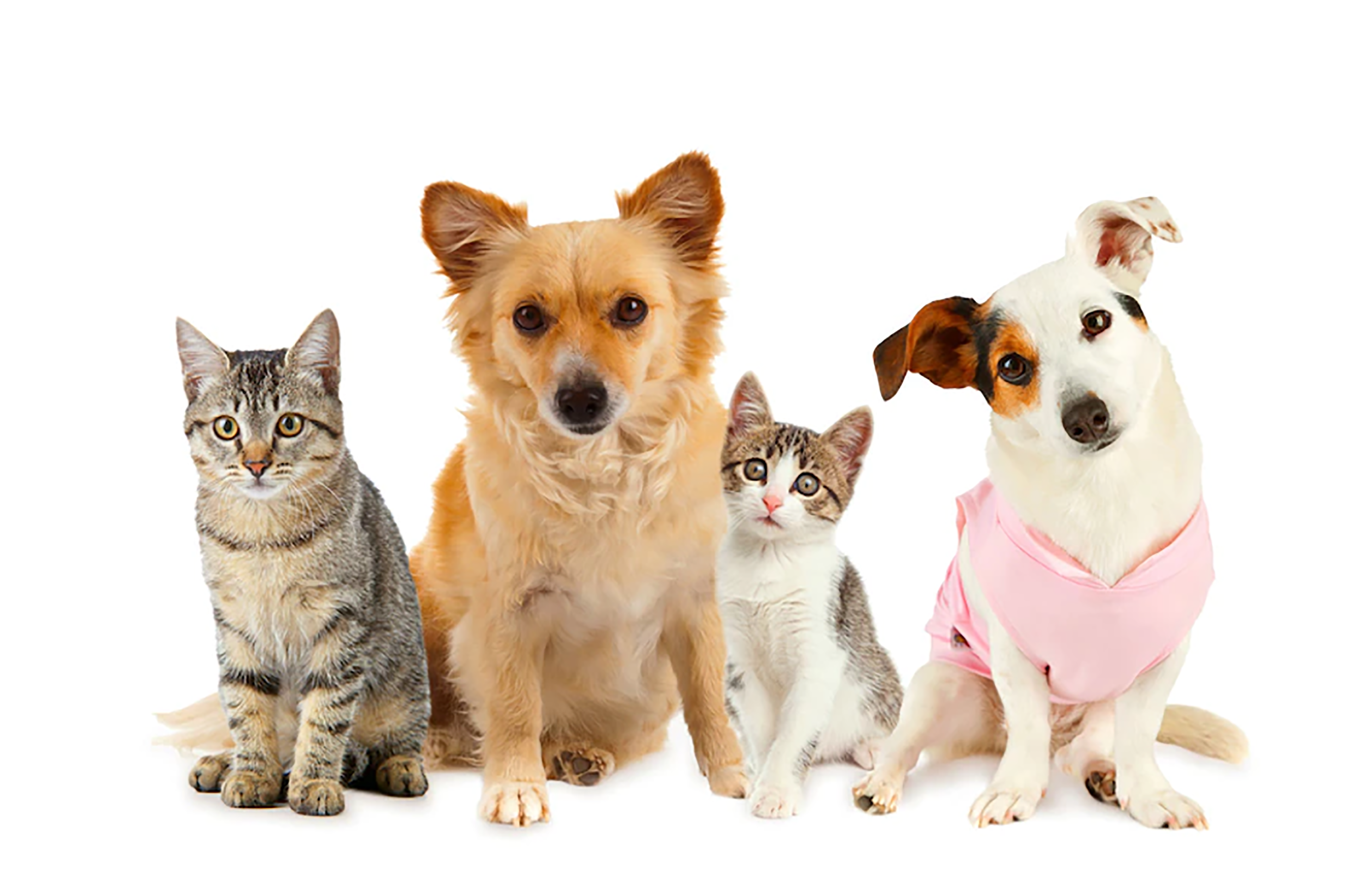Probiotics are live microorganisms that contribute to intestinal microbial balance and confer a health benefit on the host when administered in adequate amounts. Probiotics are classified into several types based on the microorganisms used. First, probiotics from bacterial or non-bacterial types (mold, yeast). Second, probiotics from spore-forming bacteria (Bacillus subtilis) or bacteria that do not form spores (Lactobacillus strains). Third, probiotics that contain several types of bacteria or one type of bacteria. Fourth, probiotics containing microorganisms that do not originate from the Gastrointestinal Tract (GIT) (allochthonous) probiotics or microorganisms originating from the GIT (autochthonous) (FAO 2016).
Differences in feed will provide variations in digestive organs, for example differences in the digestive system of herbivores and carnivores which can be seen in Figure 1. The microbiome plays a role in maintaining the health of the gastrointestinal tract. Microbiomes are microorganisms that naturally live in the digestive tract (Urry et al. 2017). One of the differences in the microbiome is influenced by differences in feed. There are differences to normal GIT bacteria in different species. Normal microflora in the GIT of dogs and cats (Figure 2) includes Lactobacillus and Bifidobacterium, while Lactobacillus and Bacteriodes bacteria predominate in rabbits (Fan and O’Rourke 2001; Grześkowiak et al. 2015). A good probiotic can have a good effect on the microflora in the GIT and is resistant to digestive enzymes.
The development of probiotics has been used in pets. The bacteria in the probiotics used are the same as the GIT microflora of animals and have been tested based on the results of resistance research through the GIT (Grześkowiak et al. 2015). The benefits of bacterial strains on probiotics have appeared in certain animals (species specific). Probiotic Lactobacillus rhamnosus strain GG (LGG) can prevent and relieve clinical symptoms of atopic dermatitis in dogs (Grześkowiak et al. 2015). Probiotic Lactobacillus acidophilus DSM13241 can eliminate Campylobacter infections in cats. Probiotics from these strains can also increase beneficial bacteria, namely Lactobacillus spp. and L. acidophilus, as well as reducing Clostridium spp. and Enterococcus faecalis (Baffoni 2017).
Based on FAO (2016), giving probiotics to animals provides several health benefits, some of which are:
- Improvement of GIT microflora
Probiotics can change the dynamics of microbial populations in the GIT to be more favorable. Population changes towards a balance between beneficial and pathogenic microbes. Probiotics enhance beneficial microorganisms including Lactobacilli and Bifidobacteria which can produce bacteriocins to inhibit the growth of harmful microorganisms. The addition of probiotics to feed can stimulate weight gain, appetite and feed conversion ratio.
- Improved digestion and absorption of nutrients
Probiotics can increase animal productivity by increasing digestion and absorption of nutrients. Improved digestion is due to an increase in enzyme activity, while an increase in nutrient absorption is due to an increase in the surface area of the villi.
- Produces antimicrobial substances
Some probiotics produce antimicrobial substances to inhibit pathogenic bacteria. Several types of lactic acid bacteria and bifidobacteria produce thermostable bacteriocins. Has microbial activity against pathogenic bacteria Bacillus, Staphylococcus, Enterococcus, Listeria, and Salmonella.
- Changes in gene expression in pathogenic microorganisms
Bacterial cell communication through the secretion of chemical signals (auto inducers) influences the behavior of bacteria. Probiotics can affect the process of communication between bacterial cells (quorum), thereby changing the pathogenicity of pathogenic bacteria.
- Enhanced innate immunity in parts of the GIT through improved intestinal barrier function
The epithelial cell barrier in the GIT mucosa is the first line of defense against microbes. Ill conditions cause immunologic disorders that affect the barrier. Probiotics work by stimulating innate immunity in the GIT epithelium.
- Stimulation or suppression of the immune response
Feed containing probiotics can increase the immune response. The immune response depends on the prebiotic strain or species, dose level, differences in effect before or after weaning, and type of antigen (bacterial, viral). Lymphatic tissue in the ilium and jejunum can influence the immune response via blood plasma. Probiotics can alter cytokine expression. Probiotics also increase serum immunoglobulin levels.
- Colonization resistance
Probiotic bacteria strains Lactibacillus and Bifidobacterium have a hydrophobic protein surface layer that helps the bacteria stick to the surface of animal cells. Bonding of probiotic bacteria and animal cell surfaces occurs at the receptor binding site. Attachment of receptors in the intestinal epithelium by probiotic bacteria can prevent pathogenic bacteria from attaching.
Probiotics Probiovar® Digest is a probiotic product for pets such as cats, dogs and rabbits (Figure 3). This probiotic contains Lactobacillus sp. which is good for GIT microbes and prevents infection in the digestive tract.


